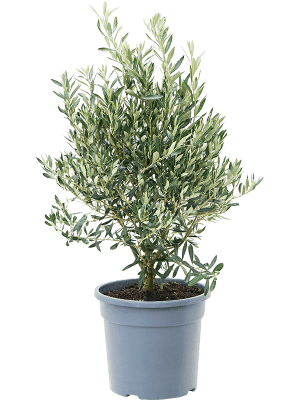Origin
The Nandina domestica, also known as the Heavenly Bamboo, originates from East Asia. It is found in countries such as Japan, China and India. The name domestica indicates domestication, signifying that the plant was initially taken from the wild and adapted for use in gardens and parks.
Characteristics
The Nandina domestica is a perennial plant that belongs to the Berberidaceae family. Despite its nickname, it is not a real bamboo. The plant can reach heights of up to 2 meters and has uniquely composed leaves, resembling those of ferns. In the summer, the plant produces bright red or purplish berries, while the leaves can acquire red to purplish hues in autumn and winter.
Care
The Nandina domestica is a relatively easy plant to care for. It prefers a sunny to semi-shaded location and well-drained soil. Although the plant is fairly drought tolerant, it benefits from regular watering. The plant does not have specific fertilisation needs, but an annual addition of compost can promote growth and flowering. In winter, it is advisable to protect the plant from severe frost. Generally, the plant is fairly frost-hardy, but young plants can be sensitive to severe frost.
